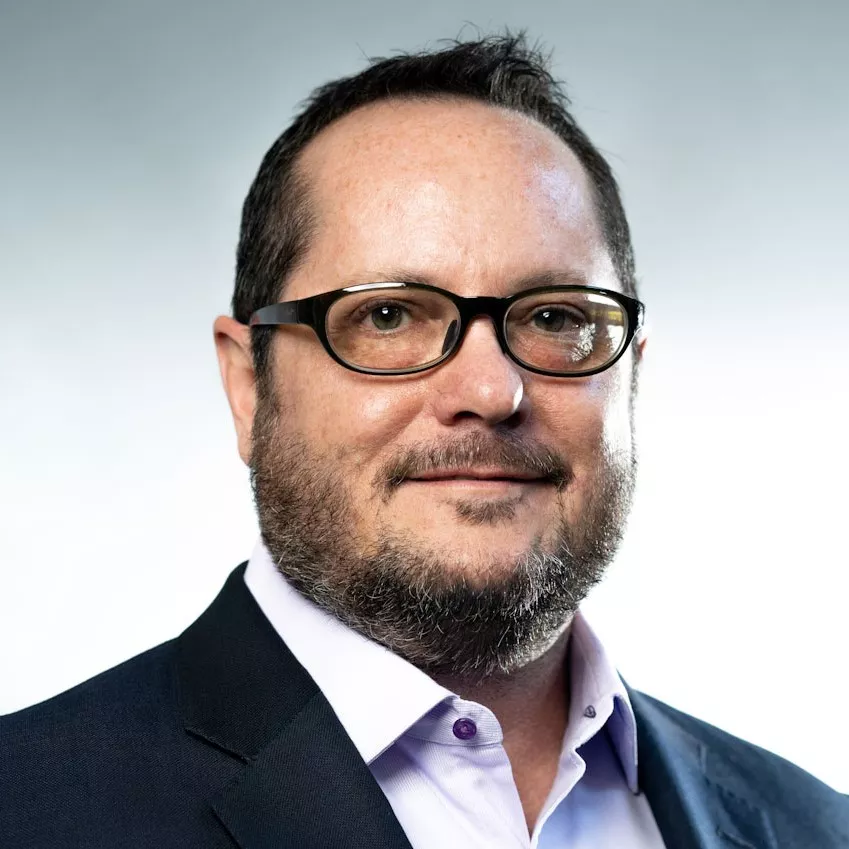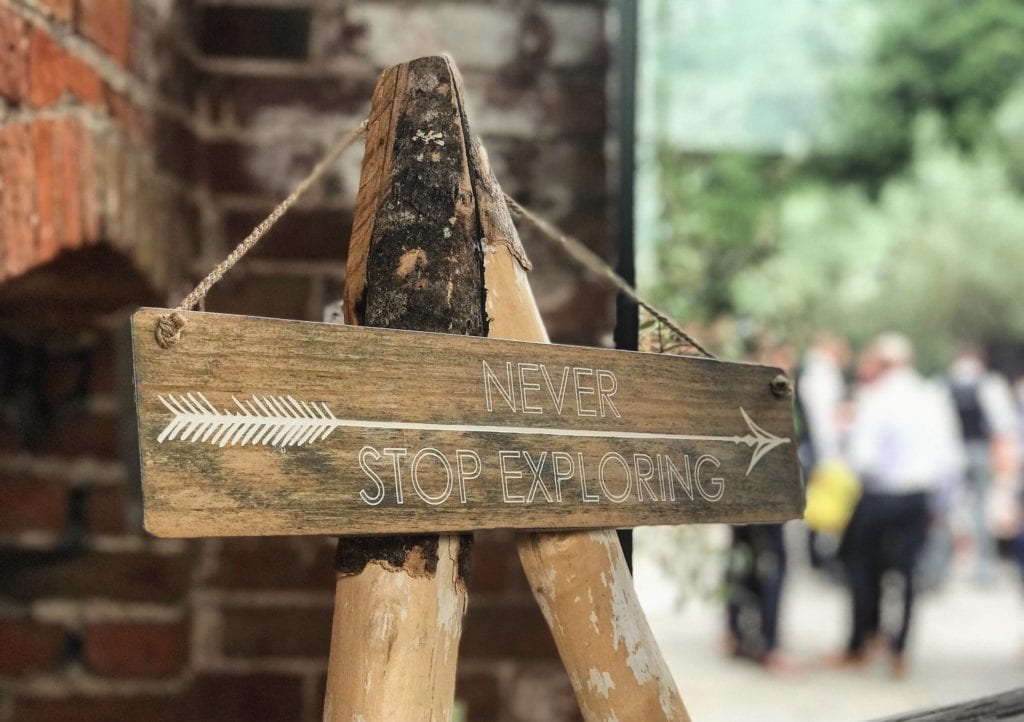While the state of this COVID-19 pandemic has caused many of us to pause or even be strategically hesitant, we’ve all heard wonderful stories of innovation in the most surprising of places. First to mind for me, is a small manufacturer of vacuum cleaner bags in western Minnesota that relied on the spirit of innovation to adjust his business model quickly and began making efficient face masks for healthcare workers. For many of us who hear of such stories, we see these as instances of heroism. Nothing short of heroism, because it presents a risk to change your business model. In this case, the reward is more philosophical; but, it is very likely that the company’s reputation will be enriched.
Perhaps IT Leadership doesn’t always think that their role can lead-by-example as it relates to innovation and risk/reward, whether they be the CIO or the IT Operations Director. Perhaps they choose to be comfortable in the thoughts that all demonstrable innovation comes from the manufacturer or the engineers. Well, that does not need to – and should – not be the case.
Paradigm Shifts – a fancy phrase to describe “change” – can be embraced by anyone willing to re-think the status quo. Sometimes this can be forced upon us…by a pandemic. Yet, the Critical Thinking required is a skill in which we all must be fluent, or we’ll never rise to leadership positions or remain in those positions very long. Risk Re-Assessments? Risk re-assessments and an open look at possible innovation that can bring a reward for the risk taken are paramount to shifting the status quo. For 25+ years, I’ve contended that few roles require as much innovative agility, or should be able to efficiently assess risk/reward, as do those in IT Leadership.
For a handful of companies we know of, a calculated response to the pandemic has driven all levels of innovation from IT Leadership – especially as it relates to the formula above. There is simply no end to the Re-thinking being done now that Q2 financial reporting is showing the degree to which margins are down and creative cost-cutting must not enable risk too far.
15 years ago, many IT Leaders would not have trusted Independnet Hardware Maintenance providers to support their post-warranty or in-production hardware assets. Like 30 years ago, they may have ONLY permitted non-OEM support for End-of-Life hardware and had little comprehension of the budget dollars that could have been saved. Yet, as recent as 2017, a Gartner study explained that 72% of the world’s largest companies are now using Independent Hardware Maintainers to support eligible (post-warranty) hardware assets. Can you see the paradeigm starting to shift?
A mere 3 years later, facing a financial shortfall and a global pandemic, many global IT Leaders are now entirely re-thinking and re-assessing which assets could be moved to lower-cost, independent hardware support. Inquiries have evolved and it’s obvious to us that risk/reward-assessments have entirely changed. Yet, I can assure you that reputable independent hardware maintainers wil NOT permit you to take too great a risk in instances where you should not. “Reputable” is the key!
It is said that a time of crisis accelerates trends that are already in motion. So, RIGHT NOW, instead of thinking which hardware assets cannot be maintained (reputably) by an independent hardware maintainer, why don’t you permit yourself a paradigm shift and review which assets XSi does believe can and should be maintained by an independent provider. Click Here to see this list, segmented by servers, storage and networking hardware.
XSi Assistance
Are you ready to learn more or engage us directly for a constructive and helpful dialogue? If so, Click Here.
Follow Us On LinkedIn






